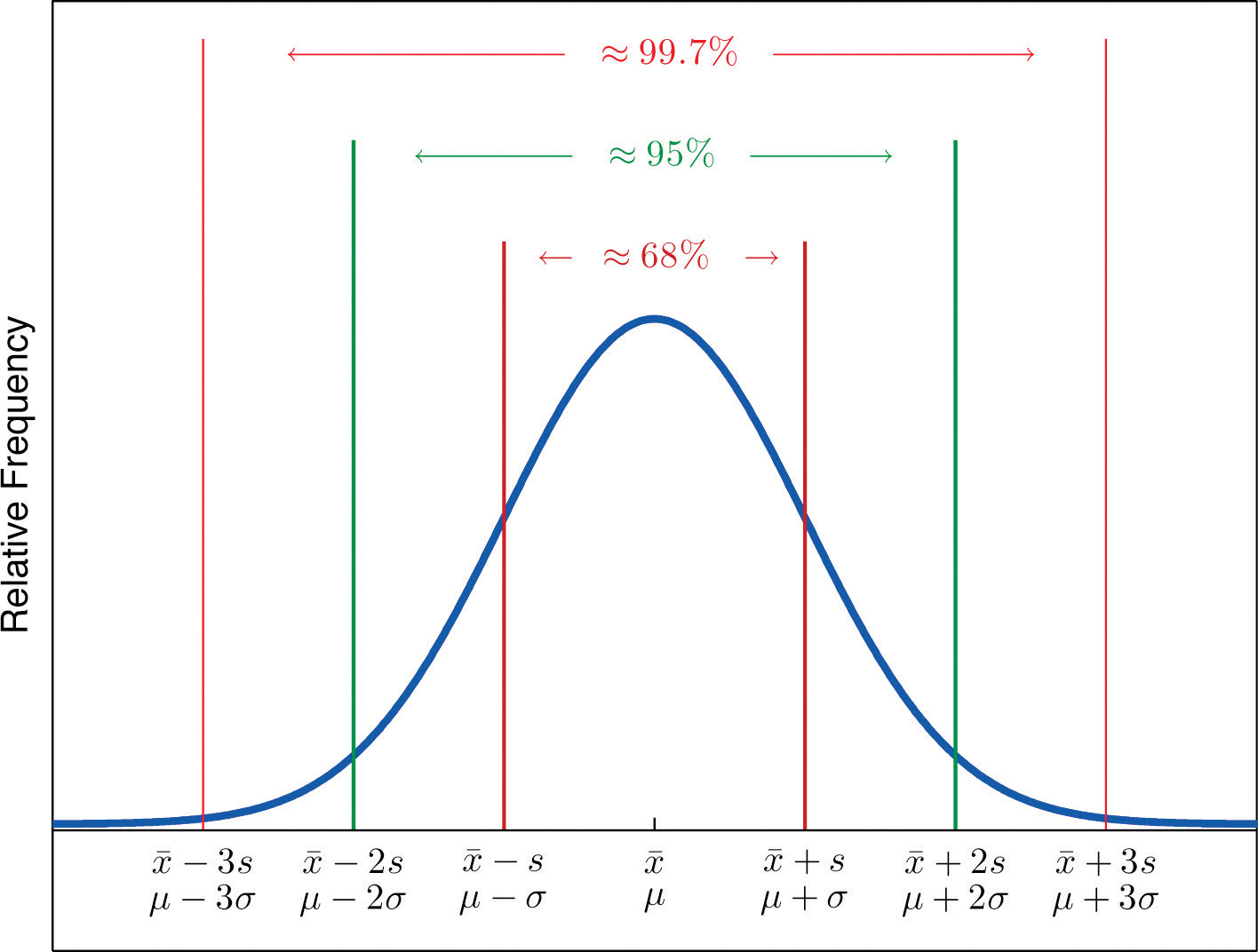Definition of minus in the Definitions.net dictionary. Meaning of minus. What does minus mean? Information and translations of minus in the most comprehensive dictionary definitions resource on the. The term “form” usually pops up around the topic of betting but what does it actually refer to? Find an explanation of form in terms of betting here.
The definition: draw no bet (DNB) is a betting market which removes the outcome of a draw on three-way markets, allowing bettors to bet on either a home or away win.
In other words, you have an insurance against last minutes goals and poor referee decisions against your team.
Usually this kind of bets use in football markets where are three-way odds. You can’t find this picks in tennis or basketball, because there are just 2 results: win for 1st or 2nd team.
An Example of draw no bet market in bet 365
Football, English Premier League. Wolverhampton v Newcastle
It’s usual market with 3-way odds and picks on correct score. But a little lower you can see draw no bet odds:
There 3-way market becomes into 2-way market.
If you bet on draw no bet market (for example, we place a bet on Newcastle with odds 3.40 and stake $100) there are just 3 possible results:
- Wolverhampton won. We lost our bet and our result is -$100
- The Draw. We have refund for our pick and our profit is $0.
- Newcastle won. We win our bet and have profit = $100*3.4=$340-$100=$240.
So, you can bet on “draw no bet” market when you pick underdogs and you are too afraid for betting on odds 4.00 and more (with this type of odds you are getting reinsured and have refund your bet where a match finishes with draw).
It was an explanation for single bets, but there are many bettors who love accumulator bets and “draw no bet” can be included in accumulators too.

How to calculate and convert draw no bet odds form 1×2 odds
If you want to know what is margin of bookmakers odds for DNB odds you can convert 1×2 odds for these formulas:
Home Draw No Bet odds = (1- (1/1X2 draw odds)) * 1X2 home odds
or
Away Draw No Bet odds = (1- (1/1X2 draw odds)) * 1X2 away odds
How draw no bet works in accumulator
If you pick DNB in accumulator, they calculated as a “usual” bets, even if there are just 1 DNB pick of 3 bets or more.
For example: we have an accumulator with 3 picks and stake $10:
- Arsenal – Southampton 1-x-2 odds – (1.45 – 4.8 – 7.18) and pick Arsenal with odds @1.45
- West Ham – Fulham and asian handicap for Fulham (+1) @1.53
- Our draw no bet pick. Manchester Utd – Liverpool. Pick: Liverpool DNB with odds 1.79
If our 1, 2, or 3rd bet lose, we will lose all our accumulator and $10
What draw no beat mean in accumulator?
But if we have a return for our 3rd bet (DNB) this bet in our accumulator will be estimated with odds = 1.00 and result: 1.45 * 1.53 * 1=2.22 – the final odds and our profit is 2.22*$10=$22.2 minus our bet $10 = $12.2.
So, you can make your accumulators with draw no bet picks and they will be calculated as a “usual” picks with the same rules, but there can be 1 more way – return for your bet with odds =1 but all other picks in accumulator will be working.
Popular bookmakers which provides DNB bets
- Bet365
- Williamhill
- Marathonbet
- Unibet
- 1xbet
- Bwin
- Coral
When to use DNB
- If you want to place bet on outsider with with odds and want to have an insurance for a draw in the match.
- If weather conditions are not very good for high quality football.
- If one of the teams needs to defend their previous result an draw will be enough to go forward (Champions League play-offs and Cups).


Alternatives for DNB
What Does Minus Mean In Gambling
If your favorite bookmaker do not provides draw no bet, you can place your bet for Asian Handicap 0 and you also will have return if the match ends with a draw.
Conclusion
DNB is a good was if you are scary to place bets with high odds and needs insurance. You will have more chances to win the bet, but you odds will be lower than 1×2 picks.
Also you need to calculate margin for DNB (usually it can be higher than on 1×2 markets) and this bet can be with bad value on the distance.
Point spread betting is the most popular form of sports betting. The vast majority of sports wagers use a point spread thanks to the popularity of football and basketball. Even though this type of betting is so popular, it may take awhile to understand.
The point spread is sometimes known as an equalizer for sportsbook operators. All teams aren’t created equally, so sportsbooks can create a point spread for a game so that each team playing has an almost even chance of winning the game. In a way, the point spread will even the field for both teams.
The point spread gives a reason for bettors to risk money on both teams. The better team playing in the game is considered favorite. They have to win by the point spread offered by the sportsbook. The favorite in a game is listed as being minus (-) the point spread.
The worse of the teams playing in the game is called the underdog. The bettor wins if this team wins the game outright or loses by an amount smaller than the point spread. The underdog in a game is listed as being plus (+) the point spread.
Let’s use this past Super Bowl between the Tampa Bay Buccaneers and Kansas City Chiefs as an example.
Using this example, the Chiefs were 3-point favorites over the Buccaneers. The Chiefs needed to win by 4 or more points to cover the spread.

Likewise, the Buccaneers were 3-point underdogs. That means the Buccaneers needed to win the game outright or not lose the contest by 4 points or more. At Chiefs -3, if they won by exactly 3 points, the betting result would have been a “push” and bettors for both sides would have gotten their wagers refunded.

The Buccaneers pulled off the upset, winning by a score of 31-9, and rewarded bettors who backed them at +3.
Point spread betting odds
Point spreads are usually set with -110 odds, but pricing often fluctuates at online sportsbooks. This is the sportsbook operators’ house edge. The odds guarantee the sportsbook operator will see a little money over time. When the odds are set at -110, the bettor must wager $110 to win $100 (or $11 to win $10).
The odds on a point spread are most commonly known as the vigorish or “vig” for the sportsbook. You might hear this small profit margin for the sportsbook called the “juice” by some sports bettors.
Point spread FAQs
What does ‘pick em’ or ‘pick’ mean in NFL betting?
A “pick em” (sometimes seen as “pick”) is when the teams have a point spread of zero, meaning neither team is favored. In this instance, you’re essentially picking moneyline and your bet will be determined on the winner alone.
What does -7 and +7 mean in NFL betting?
A spread of minus-seven (-7) means that a is favored to win the game by a touchdown (technically, a touchdown and the extra point). A team favored by -7 must win the game by eight or more points to win the bet. If the team wins by seven, the result is a “push” and the bet is refunded.
A spread of +7 means the team must win the game or lose by fewer than seven points to win the bet. A loss by seven would result in a push.
What does -3 and +3 mean in NFL betting?
A -3 spread means that the favorite must win by more than a field goal to win the wager. A three-point win would result in a push and the sportsbook would refund the wager.
A spread of +3 means the team listed as the underdog must win the game or lose by fewer than three points to cash the bet. A three-point loss would be graded as a push by the sportsbook and the bet would be refunded.
Why are point spreads in the NFL so much lower than in college?
In 2019, the Baltimore Ravens led the NFL in point differential per game at +13.7 points; the Miami Dolphins ranked last in the NFL in point differential per game at -11.7. Even Kansas City– known for their explosive offense– had an average point differential in 2019 of just 9.7 points. The net point differential in the NFL is -14.1, or -0.9 points per game. Basically, the talent differential in the NFL is so minute that even mismatched teams often draw games within a score of each other.
NFL spreads are most commonly between one point and four, with six being a heavy favorite and extremes coming out around 15-20 point favors. (For those wondering, the 1941 Chicago Bears hold the NFL record of point differential at +15.7 points per game. Conversely, Ohio State had a +33.1 average point differential in 2019.)
Point spread and odds movement
Sportsbook operators often aim to have equal money on both sides of a point spread. When the money is exactly split the sportsbook operator will see the exact vigorish as their profit margin. If all things are equal over time this will maximize how much money the sportsbook operator can make.
In an effort to have equal money on both sides of a wager, the sportsbook operator will move the point spread to attract money on the side that customers aren’t betting on. The odds for a point spread might change before the actual point spread. There are certain point spread numbers, like 3 and 7 in football, the sportsbook operators would like to avoid moving away from since the final score margin falls on these two numbers most often.
For example, if a lot more money is wagered on the New England Patriots -3, the vig may shift from -112 to -115 and -120 before the line moves to -3.5.
What Does Minus 7 Mean In Betting Odds
Run and puck lines
What Does Minus Mean In Odds
Football and basketball games are mostly bet using a point spread. The less popular major sports, baseball and hockey, are mostly bet using a moneyline. In an effort to make baseball and hockey more appealing to point spread bettors, the sportsbook operators offer run and puck lines, respectively.
These alternative lines give point spread bettors a chance to wager on other sports using a more familiar method of betting. Since points (runs and goals) aren’t as easy to come by in baseball and hockey, the odds with the lines may have a wider spread than a football or basketball game.